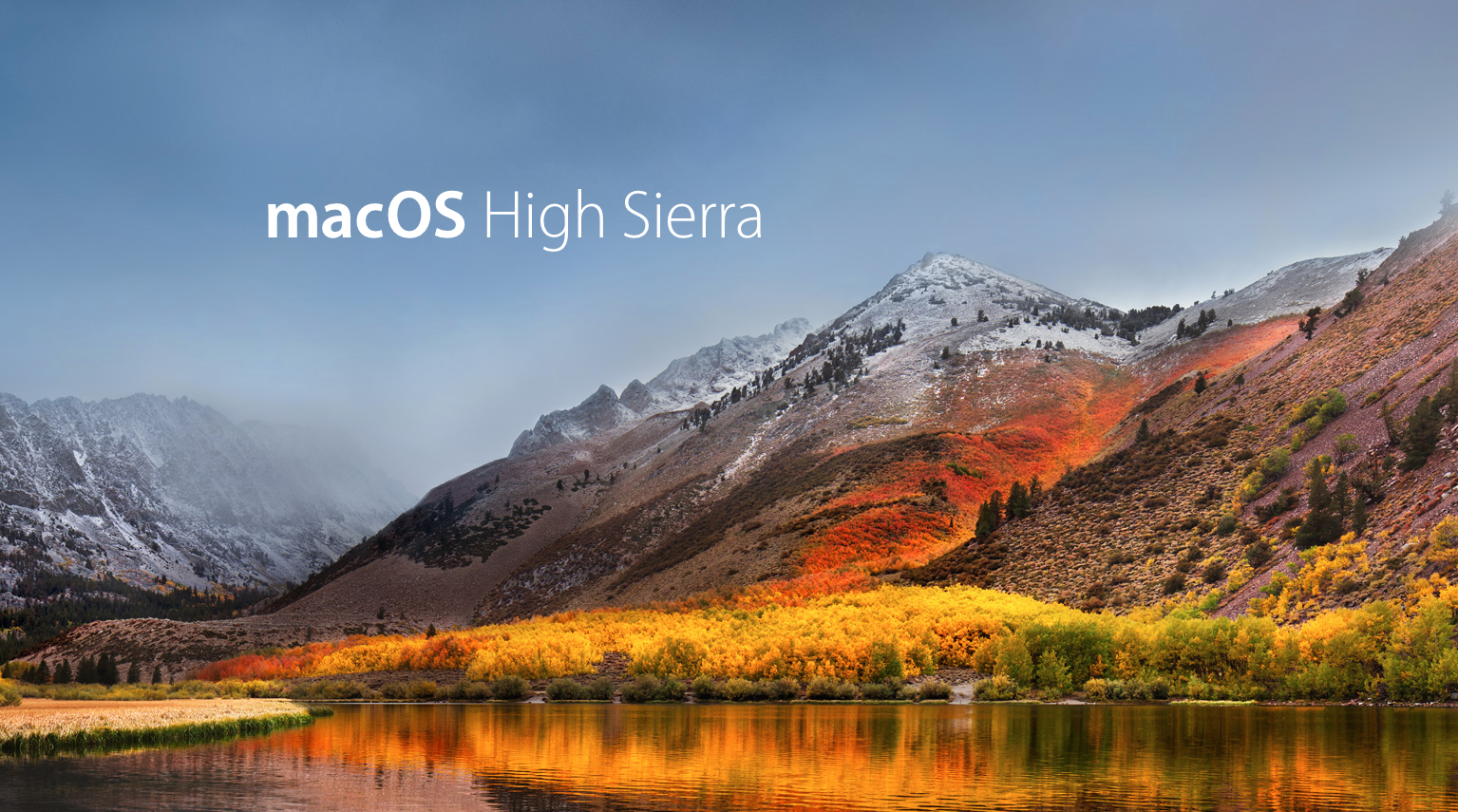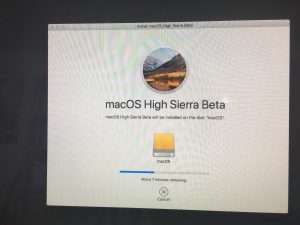Building project management software for Macs wasn’t Microsoft’s concern. In fact, the last time that there was a version of Microsoft Project for Apple users was back in 1993 with Microsoft Project 4.0 for Mac. Sadly, that doesn’t work now! Project Online: A Microsoft Alternative On Mac. Project Online is your best Microsoft alternative. Compare Project Management Software For Mac to find the right solution for your business. Free demos, price quotes and reviews of the best tools. We started using Real-Time board instead of Microsoft One Note. Being able to see where the other members of the team are pointing to is a huge plus as well. Some PM tools are stand-alone (or. The Best MS Project Viewers on macOS; Free Microsoft Project Alternatives For Mac Tips. It’s important to be aware that the majority of the top project management software nowadays is Cloud based. There are very few desktop options for Mac users and those that do exist require Java. Macos microsoft edge.
Unable to create preboot volume for APFS during macOS 10.15 beta installation. I am trying to install macOS 10.15 beta and get the following error: Could not create preboot volume for APFS install. How do I solve this? Thanks in advance for your help. Beta macOS Asked. “Could not create a preboot volume for APFS install” Hey, after holding down cmd+R and erasing “Macintosh HD”, I tried to reinstall macOS High Sierra. At the end, “could not create a preboot volume for APFS install” shows up.
By Adela D. Louie, Last updated: December 18, 2019
Probably by now, most Mac users are now in using the macOS High Sierra as this is the newest operating system that is made by Apple specifically for their computers. However, there are some complaints that they are having some issues when they are in the process of installing the version or after installing the current version.
And with that, one of the most common problems that they could be having is the error message “could not create a preboot volume for APFS install”. Thus, in this post, we are going to show you why you get this error message and at the same time, how you can fix this error you are having with your Mac.
Setup launch.json for macos. Is there a 'java: compile'? Am I expected to find the code and read it? It depends on which debugger you are using.Note that the attributes available in launch configurations vary fromdebugger to debugger. You can use IntelliSense suggestions(Ctrl+Space) to find out which attributes exist for a specificdebugger.
People Also ReadMacBook Pro's Bluetooth Not Available: How To Fix The IssueTroubleshooting Guide To Fixing Mac Mail Problems
Part 1: What Is The Error “Could Not Create A Preboot Volume for APFS Install” Mean?

The error message “could not create a preboot volume for APSF install only means that the Preboot Execution Environment or PXE is not able to install your APFS volume. The reason behind it is because there is something wrong with your APFS or Apple File System which is not yet figured out by Apple. This is the new file system that Apple had introduced together with the High Sierra which is known to replace the HFS+.
The APFS is said to be a lot faster, comes with great security, and is made a lot compatible if you are going to use an SSD. However, the APFS does not goes with OS X or even on macOS that has an older version than the High Sierra. That is why when you try to have the High Sierra reinstall using the Recovery Mode of your Mac, it will not work because of the type of partition that the APFS have.
Part 2: How to Fix “Could Not Create A Preboot Volume for APFS Install”?
When you are having the error notification “could not create a preboot volume for APFS install”, then there are only two solutions that you can do on your Mac. One of them is by removing all of the volumes on your Mac and try to install the High Sierra again using the Internet or a USB. You can also make use of a bootable USB if you wish to. And the other way is to have the High Sierra be installed on the Internet Recovery Partition.
In this example, Apple SSD is the startup disk:. The disk your Mac started up from is at the top of the list. The sidebar now shows your disks (devices) and any containers and volumes within them. Select the disk that you want to erase. Choose View Show All Devices from the menu bar in Disk Utility. Format external hard drive for mac el capitan download.
So with the two methods that we have mentioned, we are pretty sure that you are now wondering about how you can do this. So with that, we have included here an easy guide that you can follow for both the method that we have mentioned above.
Method #1: Remove Your Volume or Partition on Mac
Removing the partition on your Mac or its volume is considered to be the most effective way for you to fix the error notification “could not create a preboot volume for APFS install”. And here is how you can do this on your Mac.
- Turn off your Mac device.
- Then, go ahead and have your Mac reboot to its Recovery Mode. And for you to be able to do that, just simply press and hold on the power button + Command + R keys until such time that you see the Apple logo on your screen.
- Then you will be able to see the utility menu on your screen. From there, all you have to do is to choose on Disk Utility. Once that you click on that option, the drives on your Mac will then show up.
- From there, go ahead and choose on the internal drive and then hit on Erase for you to be able to remove the drive.
- After that, go ahead and close the Disk Utility.
After doing all of the steps above, you have another two options that you can choose from. You can do one of the methods below for you to reinstall the High Sierra.
Option #1:
You can go ahead and open Disk Utility again on your Mac. After that, you can choose the internal drive that goes in the name of “Container 0”. From there, have it changed to “Mac OS Extended”. Then from there, you can reinstall your macOS.
Option #2:
Another thing that you can do is to turn off your Mac and then reboot it by pressing and holding down the buttons Option + Command + R keys on your Mac’s keyboard for you to go to Recovery Mode. Then after that, simply choose on Disk Utility. And once that you see a drive, go ahead and have reformated as “Mac OS Extended” ‘and change the name into “Macintosh HD”.
In case you were not able to see any drive, just go ahead and take a drive and format it to “Mac OS Extended”. And once that you are done, simply close the Disk Utility and hit on the Reinstall macOS button.
Feb 05, 2020 How to change the default Mac app for specific file types. Right-click on a file that uses the file type you'd like to change the default for. For example, one with a.jpg extension (a photo). Click on Get Info in the pop-up. Click Open With if the section isn't already expanded. Macos changing default application to open for a file type.
Paragon ntfs for macos mojave. “Do not mount automatically” option for when you want to manually control volumes access.
Macos Could Not Create A Preboot Volume For Apfs Install Windows 10

When you try to go and remove the drive, you also delete the APFS system which is the main cause as to why you are getting the error. This is also the reason as to why you are not able to reinstall your macOS. If in any case that this method does not work for you, then you can go ahead and proceed with the other solution.
Method #2: Go to Internet Recovery Mode
- Go ahead and reboot your Mac. And while it is in the process of rebooting, go ahead and press the following keys for you to get into Internet Recovery Mode. CMD + R + Alt/Option
- After that, go ahead and simply choose a Wi-Fi connection go into your utility menu.
- After which, simply click on the “Reinstall OS” option and your Mac will then install its original Operating System. And if in any case that you would like to get the macOS High Sierra version, you can go ahead and simply download it from your Mac’s App Store.
Part 3: Conclusion
As you can see, since the error “could not create a preboot volume for APFS install” is one common error of Mac devices, we have managed to get you the solution to it. Any of the two methods above will work for you to be able to fix the issue that you are having when reinstalling your macOS High Sierra.